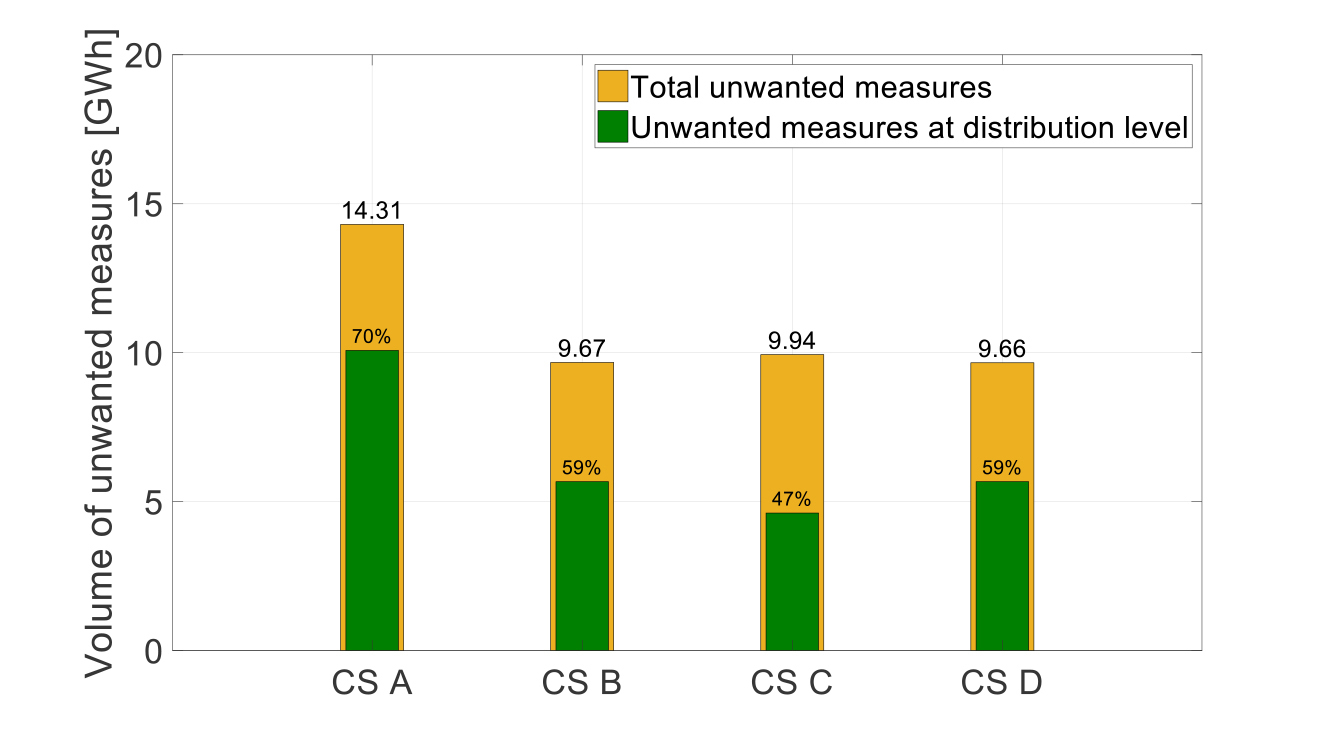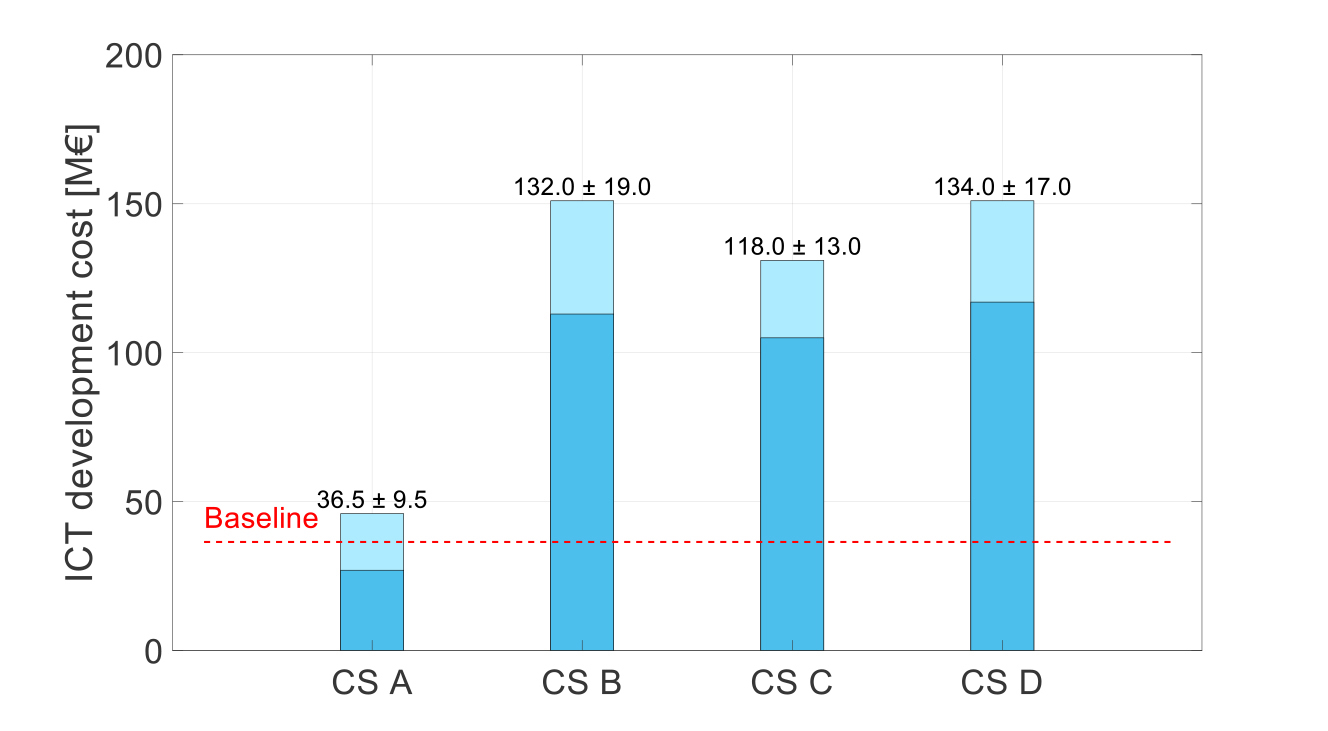The EU-funded SmartNet energy project provides a vision on future ancillary services from distribution grids in Europe, as Gianluigi Migliavacca, Project Manager at Ricerca sul Sistema Energetico explains
The August 2017 issue of Open Access Government has already featured an article on the SmartNet research project, under technical and administrative management by RSE1, which compares different TSO-DSO interaction schemes and different real-time market architectures allowing ancillary services (AS) provision from distributed energy sources (DER) located in distribution grids. The goal is to assess which interaction strategy delivers the best costs-benefits compromise for the system.
SmartNet considers five possible coordination schemes characterised by different roles and market architectures:
Centralised AS market model (CS A): TSO contracts services directly from DER. No congestion management is carried out for distribution grids;
Local AS market model (CS B): DSO manages a local congestion market. Unused resources are transferred to the AS market managed by TSO (procuring balancing and congestion management);
Shared balancing responsibility model (CS C): TSO transfers to DSO balancing responsibility for distribution grid. DSO manages a local congestion and balancing market using local DER;
Common TSO-DSO AS Market Model (CS D): TSO and DSO manage together a common market (balancing and congestion management) for the whole system;
Integrated flexibility market model (CS E): TSOs, DSOs and commercial market parties contract DER in a common flexibility market (raising regulatory problems: not implemented in simulation).
In order to compare CS performance, SmartNet has developed a challenging simulation platform, modelling in detail T&D networks and ancillary services markets and implementing a very detailed dataset of generators and loads. Simulations are carried out on midterm scenarios (time horizon 2030) for Spain, Denmark and Italy to identify the best TSO-DSO coordination scheme for each country. The same platform is also implemented in a laboratory in order to test real network equipment on the developed simulation scenarios (hardware-in-the-loop).
TSO-DSO coordination schemes are compared using a cost benefit analysis with the following indicators:
Cost of mFRR (manual frequency restoration reserve) purchased in AS market for balancing and congestion management;
Cost of aFRR (automatic frequency restoration reserve) to cope with residual system imbalance not solved by mFRR because of simplified system representation, forecasting errors, network losses and;
ICT deployment costs.
Two additional non-monetised factors are monitored:
The amount of CO2 emissions;
Unwanted measures (e.g. load shedding) activated in case of congestion still unsolved or unpredicted after AS market clearing. This creates a further imbalance which is solved by aFRR.
A cash flow analysis is also carried out to assess revenue opportunities for the different market subjects. The following diagrams synthesise the simulation results obtained from the Italian scenario.
These diagrams allow to draw the following conclusions:
1. CS A performs worse than all other coordination schemes: disregarding congestion in distribution network brings to buy less mFRR, but a higher amount of more expensive aFRR. Unwanted measures are also much higher for CS A.
2. CS B and CS D perform equivalently: due to radial topology, congestion in distribution networks must be managed within the portion downstream the bottleneck. This generates an imbalance, which can only be solved by the remaining part of the system. This results in splitting the overall market into two sections, where prices are formed independently.
3. CS C, even if much trickier to implement, performs well because the fragmentation of the AS market in several sections prevents to spread over the whole system high bid prices of some resources in distribution.
4. ICT costs are lower for CS A. As they are single-payment costs, their influence on the system expenses can be assumed negligible with respect to FRR costs (shown in the above diagrams aggregated over 16 simulation hours).
The SmartNet project also includes three physical pilots aimed at testing specific technological solutions.
Italian pilot
Implemented in an alpine region where several hydro generators connected to the distribution grid are exploited to provide:
Real-time information for distribution grid monitoring;
Participation in voltage regulation on set-point provided by TSO and;
Participation in aFRR regulation on set-point provided by TSO.
Danish pilot
Demonstrating the provision of balancing and congestion management services by controlling set-points of indoor swimming pools thermostats in rental summer houses. A unidirectional communication channel broadcasts price signals from aggregators to flexibility providers after identifying their reaction to price.
Spanish pilot
Located in the area of Barcelona, demonstrates the potential contribution of mobile phone radio base stations to reduce congestion in distribution grids. DSO organises a local market, putting radio base stations in competition with other aggregated resources while contributing to system balance by maintaining a fixed exchange schedule at the TSO-DSO connection point.
1 Ricerca sul Sistema Energetico: http://www.rse-web.it
Please note: this is a commercial profile
Gianluigi Migliavacca
Project Manager
Ricerca sul Sistema Energetico
Tel: +39 (0)2 3992 5489














